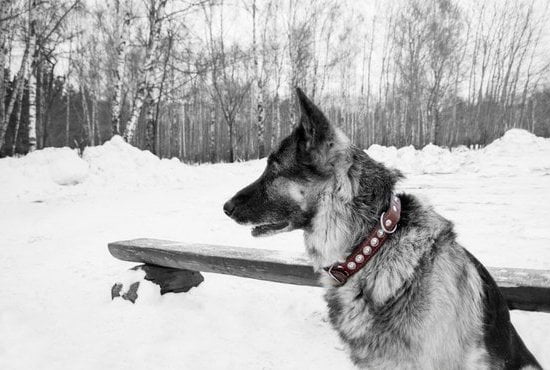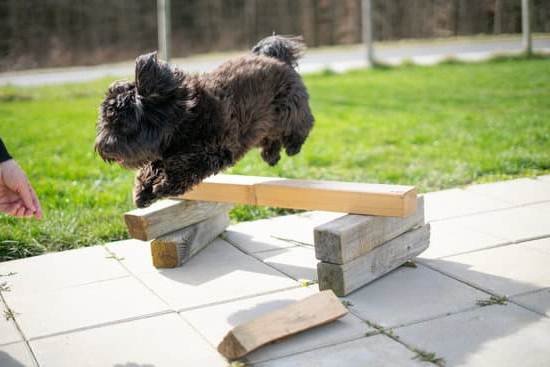How To Train A Dog To Become A Service Animal
A service animal is a working animal, not a pet. Service animals are allowed to accompany their handlers into places where pets are not allowed, such as restaurants, grocery stores, and hospitals.
The Americans with Disabilities Act (ADA) defines a service animal as “any dog that is individually trained to do work or perform tasks for the benefit of an individual with a disability, including a physical, sensory, psychiatric, intellectual, or other mental disability.”
So, how do you train your dog to become a service animal
The first step is to start training your dog when it is young. Puppies can be started with basic obedience commands such as sit, stay, come, and down. As your dog masters these commands, you can begin to train it to perform specific tasks that will be useful for your disability.
If your dog is not yet trained, you can attend an obedience class or hire a personal trainer. There are also many books and online resources that can teach you how to train your dog yourself.
It is important to be patient and consistent with your dog’s training. Dogs learn best through positive reinforcement, so be sure to praise your dog for its successes.
If you have a disability and would like to use a service animal, you should consult with your doctor or therapist to see if a service animal is right for you. You can then work with an animal trainer to train your dog to perform the specific tasks you need.
Where To Train A Dog To Be A Service Dog
There are many organizations that provide service dog training, but not all of them are created equal. It is important to do your research and find an organization that is reputable and has a high success rate.
When looking for a service dog training organization, it is important to consider the following:
1. The organization’s philosophy and approach to training.
2. The experience and qualifications of the trainers.
3. The training facilities.
4. The length and type of training program.
5. The cost of the program.
6. The organization’s track record.
7. The support offered after training.
The most important factor when choosing a service dog training organization is the philosophy and approach to training. The organization should believe that dogs are capable of learning and should use positive reinforcement methods to train them.
The trainers should have a lot of experience and be qualified to train service dogs. The training facilities should be spacious and have all the necessary equipment. The length and type of training program should be appropriate for the dog’s needs. The cost of the program should be reasonable.
The organization should have a good track record and offer support after training.
Do Service Dogs In Training Have Public Access
The answer to this question is a resounding yes! Service dogs in training (SDITs) have the same public access rights as fully-trained service dogs. This means that SDITs are allowed to go anywhere their handler goes, including restaurants, stores, and other public places.
There are a few things to keep in mind when taking your SDIT out in public. First, always make sure your dog is well-behaved and under control. Second, be aware of any local laws or regulations that may restrict SDITs from certain places. For example, some places may require SDITs to be muzzled or leashed.
Overall, SDITs are a great addition to any family and provide a wealth of benefits to their handlers. If you’re thinking about getting a service dog in training, be sure to do your research and find a reputable training program.
Are Service Dogs In Training Allowed In Public
This is a question that we get asked often at the training center. The answer is yes, service dogs in training are allowed in public, but there are a few things that you need to know.
First, service dogs in training are not required to have a vest or ID. However, it is a good idea to have some form of identification on your dog just in case someone questions their status.
Second, service dogs in training are allowed in all public places, including restaurants, stores, and transportation.
Finally, if you are approached by someone who is questioning the status of your dog, you can show them this article or simply explain that the dog is in training and is working towards becoming a full-fledged service dog.
What Rights Do Service Dogs In Training Have
Service dogs in training have the same rights as any other service dog. This means that they are allowed to accompany their handler into all public places, including restaurants, stores, and transportation. They are also allowed to participate in all public interactions, including being given access to medical facilities and being permitted to work with their handler in any way that is necessary to complete their task.
One of the most important rights that service dogs in training have is the right to be treated like any other service dog. This means that they are not to be discriminated against, ignored, or treated poorly because they are still in the training process. They are also allowed to wear their service dog identification at all times, which can help to ensure that they are treated with the respect they deserve.
Service dogs in training are an important part of the service dog community. They are essential in helping to increase the number of service dogs that are available to people who need them. By ensuring that these dogs have the same rights as any other service dog, we can help to make sure that they are able to do their job and make a difference in the lives of their handlers.

Welcome to the blog! I am a professional dog trainer and have been working with dogs for many years. In this blog, I will be discussing various topics related to dog training, including tips, tricks, and advice. I hope you find this information helpful and informative. Thanks for reading!





